All about thread restoration
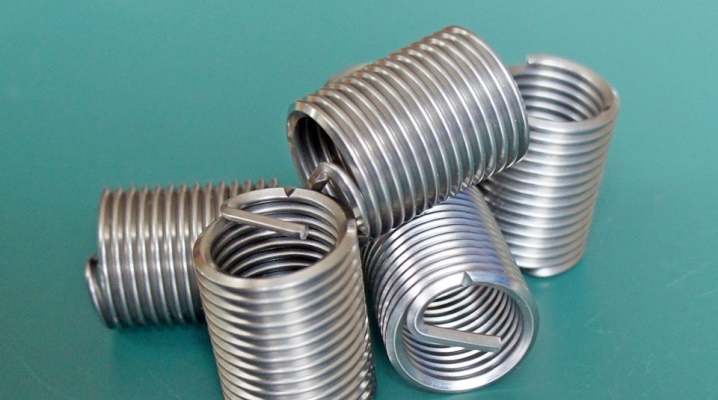
Often during the construction process, there is a need to install various connections. For this, you can use special footwear. They allow you to restore worn threads. Most often, such options are used for the installation of plumbing equipment. Today we will talk about the features of such parts and what types they are.

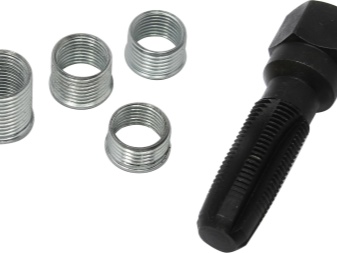
Peculiarities
Thread restoration fittings are special inserts that are superimposed on old connections. At the same time, they provide additional protection for the mounts and their reliability. Can be used in candle wells.
Most often, such inserts are used for cast iron and aluminum fasteners.... These products have a spiral surface, they are made exclusively from materials that are highly resistant to corrosion.
The best option is a durable metal wire with a rhombic section in the form of a springy spiral.
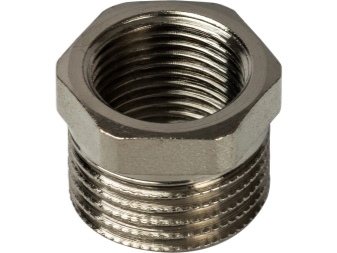
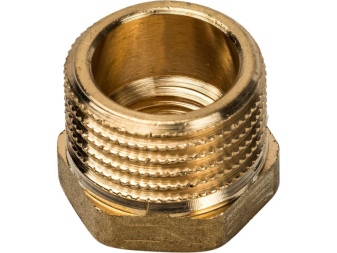
Threaded inserts are made, as a rule, of stainless steel. Products made from such a metal base have a high level of strength, wear resistance and durability. Often, the surfaces of these parts are additionally coated with special protective compounds that prevent them from corroding.
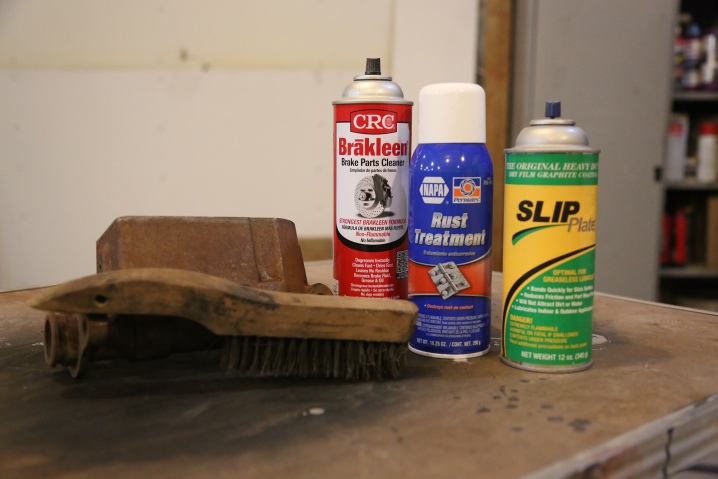
What are they?
Fittings can differ from each other in their dimensions - primarily in terms of the value of the diameter. It can be different: M6, M8, M12, M10. Standard sizes for such products can be: M10x1, M14x1.5, M16x1.5, M18x1.5.

Fittings also differ depending on design features. Several varieties can be distinguished.
- Universal wire inserts. This option is considered the most popular. It has the form of a thin spring-like retainer. On the inner side, the turns form a rhombic profile. The products are equipped with special driving tongues designed for screwing into old threads. After installation, the old element can be easily detached. These models can be used for almost any thread.
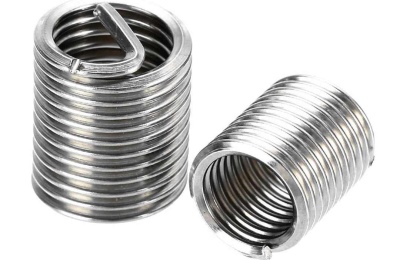
- Wire grommets for candle thread. Outwardly, this model almost completely coincides with the universal type. It is this variety that is used in cases where the old thread breaks off when replacing candles in a car. It is impossible to install a new part without a thread, so additional metal inserts are taken.
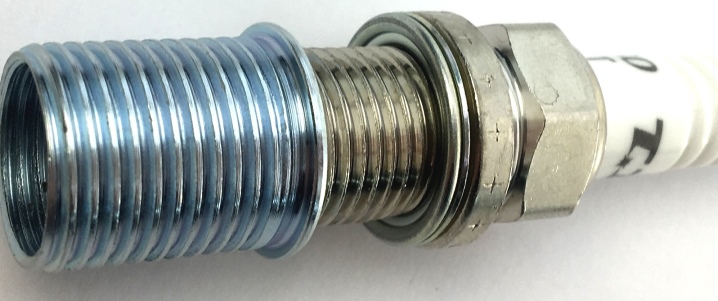
- Wire insert for oxygen sensors. A device designed to determine the amount of oxygen in a certain volume of automobile exhaust gases. During operation, such products often break, and at the time of fixation, the thread of such products is deformed, after which it will be impossible to attach it. Therefore, special inserts are used - they are equipped with special small tongues, with the help of which they are screwed into the old thread.

Today, in specialized stores, you can find whole sets with such inserts of different sizes. In such kits, you can find parts to replace any thread.
How to use?
To replace an old broken thread or to secure the connection, you need to correctly install the insert in the form of a spiral made of metal. You need to start everything by drilling the recess using an overhead jig. Then you should make a slight displacement of the axes of the hole (the deviation should be no more than 0.15 mm).
After that, you need to make threading in the formed recess of the part. A new insert is applied to the instrument.
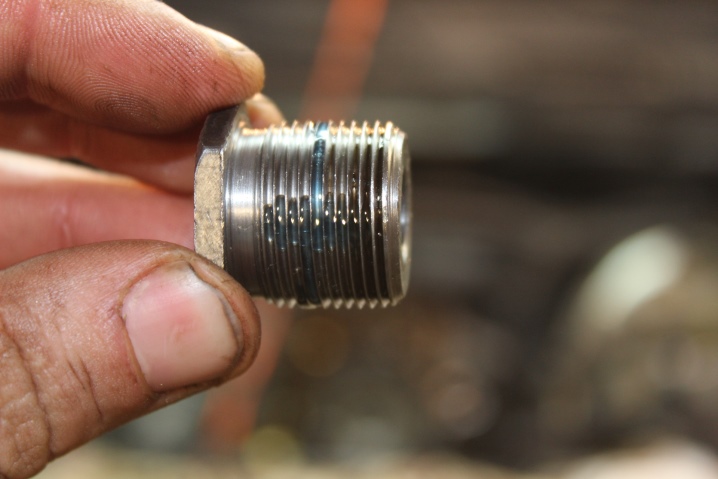
The rod must be inserted into the element in such a way that the technological leader of the part enters the groove of the lower end of this rod.
Later, you need to wrap the wire insert into the recess of the tool tip. With the help of the latter, the insert is screwed into the old thread. When the element is firmly fixed in the hole, the tool is carefully removed, and the technological leash is removed.
It is recommended to check after installation. This can be done using a special gauge (through or non-through). If not, you can use the bolt. They are slowly inserted into the recess with a new insert. The threaded part must not be removed from the hole with these parts.

If you used a passing gauge, then its deviation during verification should not exceed 0.5 mm. A non-passable element must not be screwed into a new element.
The insert must fit into the recess made at least ¼ from the thread pitch. She shouldn't be performing. After such a proof test, the new connection will become even more robust and reliable.
Verification is necessarily carried out in cases where the thread is made in materials that are too soft, including in aluminum structures.

How to restore the thread with your own hands, see below.













The comment was sent successfully.